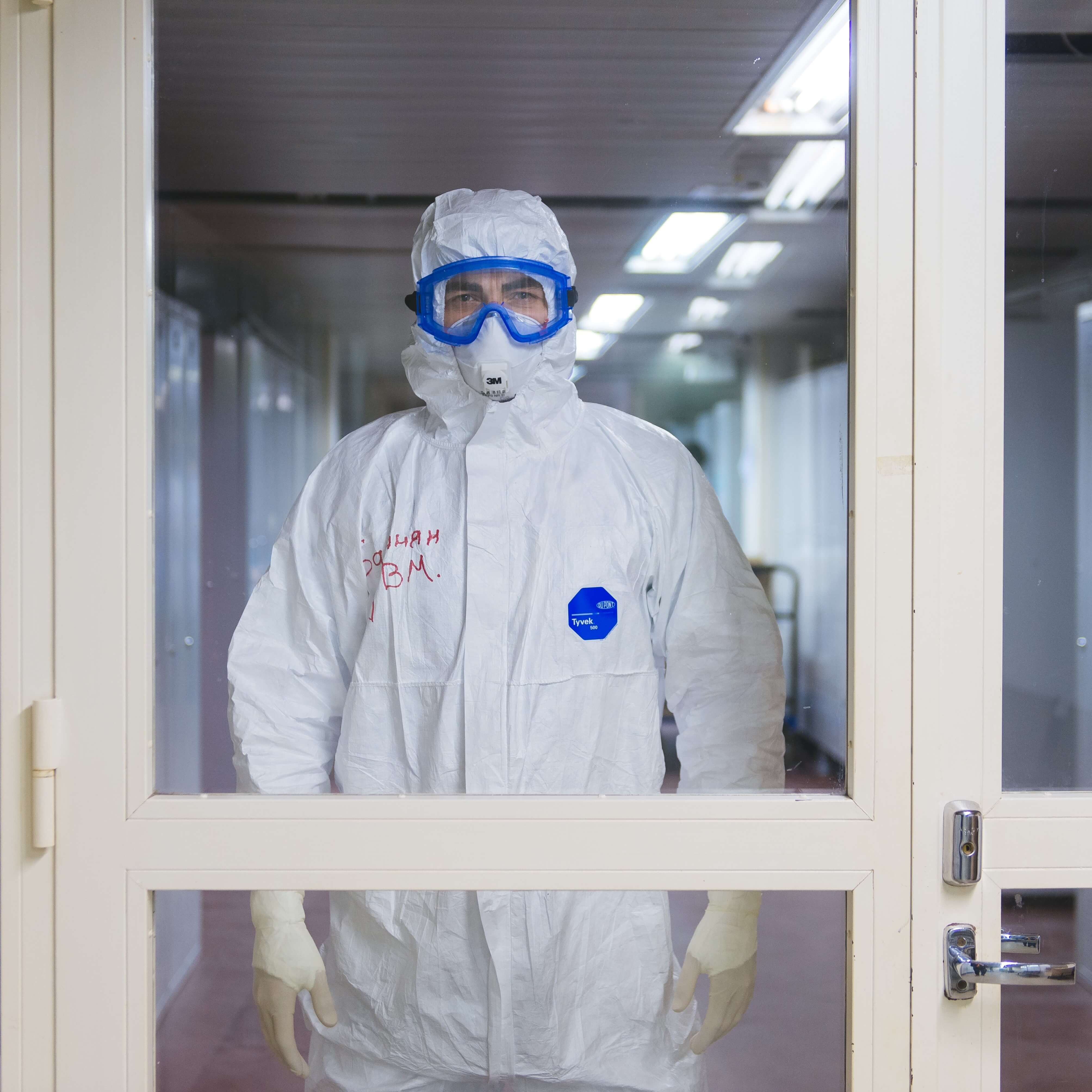
Can You Trust a Negative Lateral Flow COVID Test?
Imagine that you are visiting a loved one who is more vulnerable than most to the coronavirus. You pull out your home test kit to determine if you are infected and are overjoyed with the negative lateral flow test result. However, news about the low accuracy of LFTs may give you pause. Can you trust the result of that home test and safely visit your loved one? Is there any chance you might be infected if your LFT returns a negative result?
Can You Trust a Negative Lateral Flow COVID Test?
Did you know that many studies and surveys over the years have proven that lateral flow tests aren’t always accurate? But that is only in case of a negative result. People who have tested positive in branded LFTs have also seen the same result in lab tests. Thus, LFTs manufactured by a good company, like the Healgen rapid COVID-19 antigen self-test, can indeed be trusted to provide accurate positive detection of COVID-19. The problem arises when the result is negative.
Studies have shown that people sometimes tested negative with their home kit only to receive a positive result on their lab test, like the Polymerase Chain Reaction (PCR) test. A point to note - a major number of the negative results did turn out to be negative. However, a certain percentage (around 10% to 30%) were false negatives. Those people tested negative through an LFT, but their PCR test showed that they were infected with the virus.
False positives rarely, if ever, occur, but false negatives are relatively common in LFTs. If your lateral flow test is negative, but you have symptoms of COVID (cold, cough, fever, etc.), then it’s quite possible that it’s false. In short, you can trust a positive LFT result, but you may not always trust a negative one.
What Causes False Negatives?

If you get a false negative, the first reason that comes to your mind is that the lateral flow device is faulty. That is quite possible, especially if you are using a low-grade, cheap brand. But if the product is manufactured by a reputable company, like the Flowflex antigen test, then it is highly unlikely for the device to malfunction. But what could be the cause of the false negative?
Let’s say that you have collected more than enough of the sample in the proper way. You placed the swab deep inside your nose or throat and waited for a few good seconds before repeating the process at least four times. Also, assume that you have already undergone a PCR and the coronavirus was detected in your system. In this ideal case, there should not be a negative lateral flow test, and there won’t be. But on extremely rare occasions, there could be, the reasons for which could be any of the above.
Risk to Public Health from Missed Infections
When the public first started using lateral flow tests for home checkups during COVID-19, they weren’t aware of the possibility of false negatives. Hence, the risks back then were quite severe and widespread. However, now that people are well aware of the probability, the risks still remain, but they aren’t that widespread and are well under control. Here are all the possible risks to public health from missed infections.
- According to the very first example in this article, we mostly use an LFT before visiting vulnerable people to ensure that we don’t carry the virus. That makes them the most at-risk individuals of missed infections.
- If you see a negative result on your test, then you most probably won’t take the necessary precautions (wearing a mask, sanitising, etc.) before heading out. That may put everyone you interact with or travel with at risk.
- Children are more vulnerable to the virus compared to adults. So you are putting them at risk if you are going by the negative LFT result alone.
These risks are generally the consequences of ignorance. They can be easily avoided by taking a few good precautions. If your lateral flow test is negative, but you have symptoms, then avoid going out for a day or two. Keep taking the LFT in the meantime. A solid negative result five times in a row is much better than a single, uncertain negative. And if you have to head out, then always wear a mask and gloves to protect not only yourself but also others from the virus.



